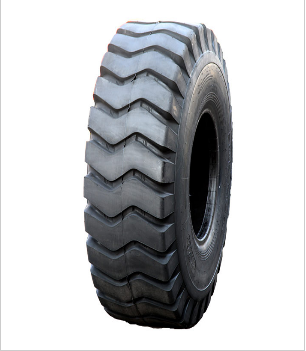(1) Ready to measure the material and tools of the filter cloth, soft braided rope and measuring tape.
(2) Let the belt filter press run normally and adjust the speed of the motor to the minimum speed.
(3) When the metal fittings running to the filter belt of the filter press are present, attach the long enough braided rope to the metal fitting of the filter cloth. Let the braided rope rotate with the operation of the filter cloth.
(4) Mark the braided rope when the braided rope rotates with the filter belt once, that is, when the metal joint appears. This measures the length of one week of the braided rope around the filter cloth, which is the length of the filter cloth.
(5) The same method measures the length of the other filter.
Note: When the braided rope is in operation with the filter cloth, the end of the hand holding the braided rope will slightly force when the filter cloth is running, so that the braided rope will be tight, otherwise the measured length error is relatively large.
Be careful not to ignore the length of the metal fittings. The metal fittings are to be counted in the length of the filter tape when measuring.
Filter cloth selection:
There are dozens of kinds of woven textures in filter press belts used for sludge concentration and dewatering. The technical parameters of the filter belt are porosity, water permeability, air permeability, and the diameter of the latitude and longitude lines. Filter cloth selection should follow the following principles:
(1) The nature of the sludge. Such as: printing and dyeing sludge, domestic sludge, chemical sludge. This kind of sludge basically has such characteristics, the sludge particles are delicate, strong in viscosity, poor in permeability, and strong in fluidity. The filter cloth selected for this type of sludge should have good cake peelability, good water permeability, and dense weave texture.
(2) The use of the net. The network used for the sludge thickening and filter section is very different. The sludge has just flocculated and concentrated. At this time, it needs to be woven into a group. It needs to be woven with a simple, porous, fast filter screen, which has good results and high operating efficiency.
The filter cloth used for the press-pressing press section is relatively tightly woven and has a small porosity. Of course, the dewatering of materials such as cassava slag, papermaking, and other slurry is excluded.
tire repair materials, repair mold, repair extrusion machines, tread, frame repair etc.Engineering tires, is a ply, bead, buffer layer, composed of four parts of the tread with good wear resistance of the heat less tires. The composition of engineering tires, tire performance basically depends on these four parts. Tread, breaker, ply, bead, bead, airtight layer.
The role of engineering tires is to withstand the quality of the vehicle itself and the load, to maintain its operational performance; buffer the shock and vibration received by the vehicle driving to maintain the stability and ride of the vehicle; to ensure reliable tire contact with the ground to play to improve Traction, passing and braking of the vehicle.

Tire Retreading Equipment and Material Exhibition
Engineering Tire Exhibition,Large Tread Tires,Rubber Tire Show,Light Truck Tires
China (Guangrao)International Rubber Tire & Auto Accessory Exhibition Committee , http://www.chinagrtire.com